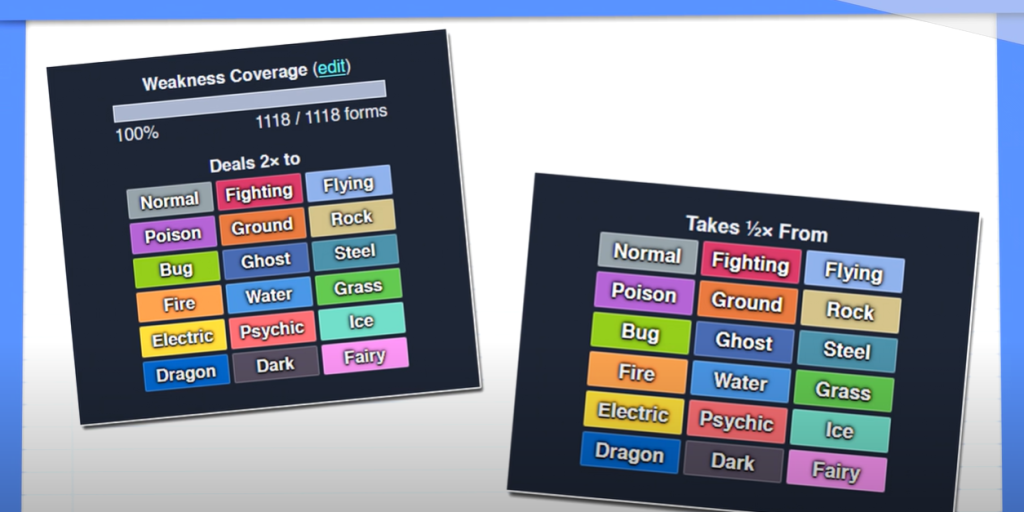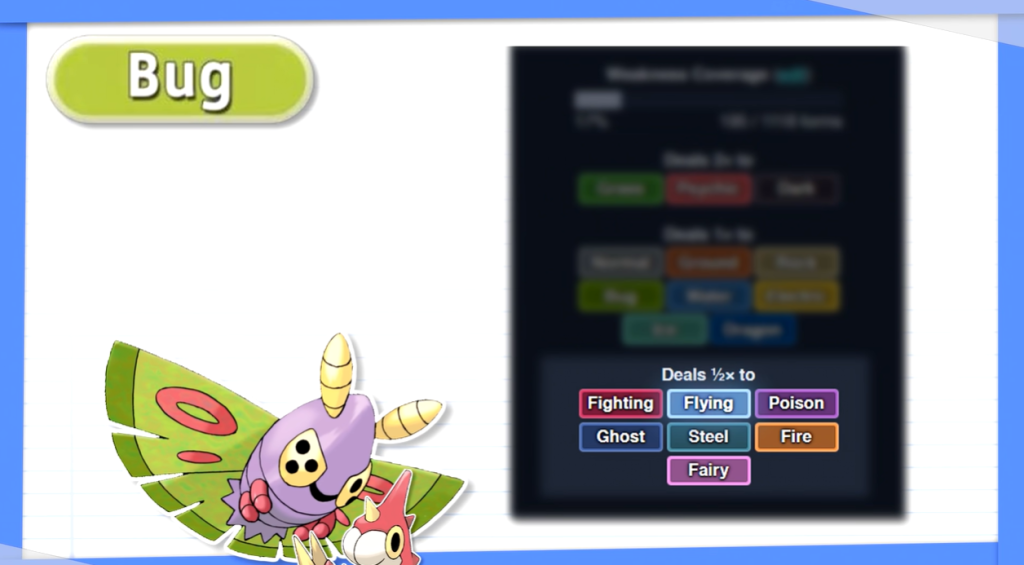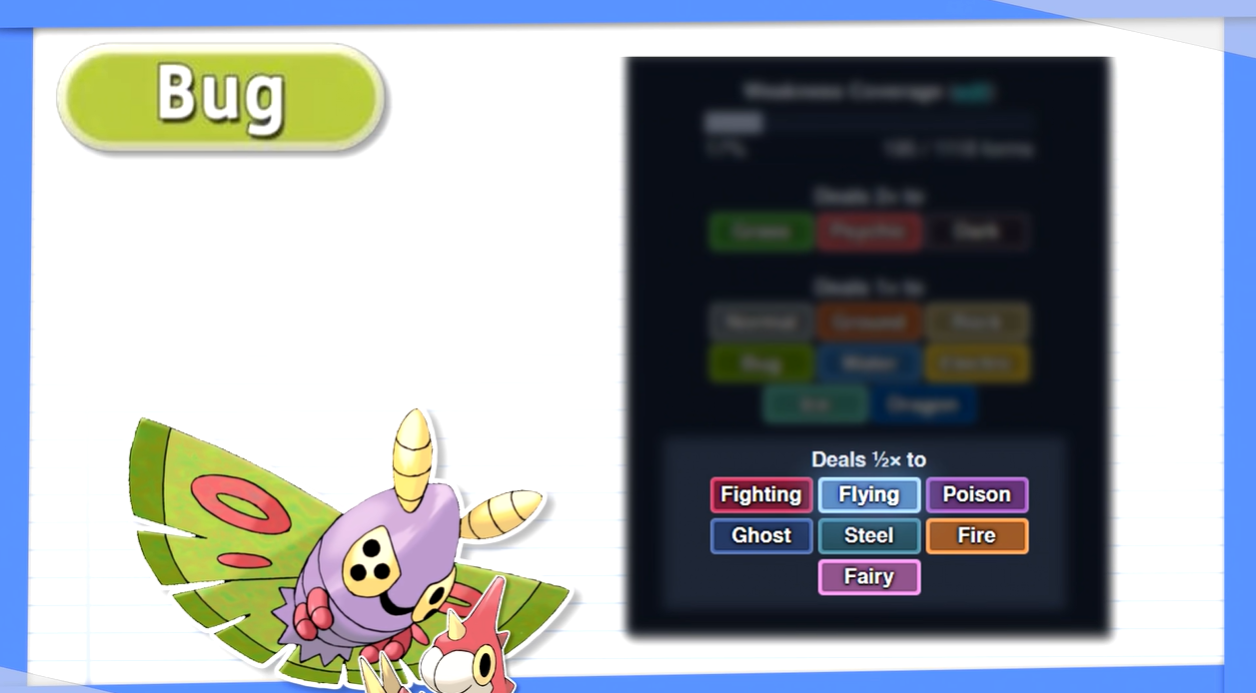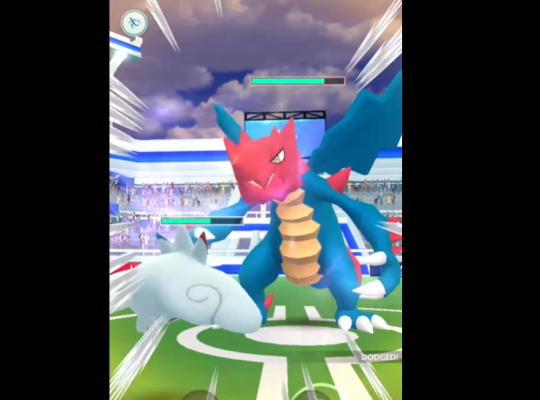In the realm of competitive Pokémon battles, learning the strengths and weaknesses of various types is paramount for crafting successful strategies. One often-overlooked type is Bug, which mirrors the appearance of real-world insects.
Despite their commonality in nature, Bug-type Pokémon possess unique vulnerabilities and resistances that players should be aware of in battles.
Exploring Bug-type Pokémon
Bug-type Pokémon are often reminiscent of real insects in both appearance and behavior. This characteristic makes them relatively easy to identify among the plethora of species.
However, due to certain shared features with Grass and Poison types, confusion can arise during battles, potentially leading to strategic miscalculations.
Statistically, Bug-type Pokémon typically feature the lowest base HP and Sp. Attack stats across all types. This aspect often relegates them to the sidelines of favoritism.

Surprisingly, the Bug type lacks representation in the Legendary Pokémon category, setting it apart from other types in the franchise.
Moreover, Bug-type holds the distinction of being one of the most resisted types within the Pokémon world. Unlike other types, Bug does not form any dual-type combinations with Dragon or Normal types.
Notably, in the initial generation, Bug-type attacks and Poison-type attacks were mutually super-effective—a rarity in the franchise. This dynamic shifted from Generation 2 onward, with Bug and Fighting types exhibiting mutual resistance.
Vulnerabilities of Bug-type Pokémon
Understanding the weaknesses of Bug-type Pokémon is pivotal for creating an effective battle strategy. Bug types are particularly susceptible to Fire, Flying, and Rock-type attacks.
These three categories possess a distinct advantage against Bug Pokémon, making them go-to choices when countering Bug-type opponents.

It’s important to recognize that Bug-type attacks face resistance when confronted by Fairy, Fire, Fighting, Flying, Ghost, Poison, and Steel-type Pokémon. This intricate web of strengths and weaknesses plays a significant role in determining the outcome of battles.
Resilience of Bug-type Pokémon
While Bug-type Pokémon are vulnerable to certain attacks, they also possess notable resistances. They demonstrate resistance against Fighting, Ground, and Grass-type moves, granting them a tactical advantage in specific scenarios.
Moreover, Bug types are particularly effective against Dark, Grass, and Psychic-type Pokémon. When devising your battle strategy, it’s crucial to avoid deploying Pokémon of these types to prevent giving your Bug-type adversaries the upper hand.
Given the prevalence of dual-type Bug Pokémon, it’s essential to consider these secondary typings when formulating strategies. For instance, the Bug and Flying-type combination is a common occurrence, which introduces additional vulnerabilities to Electric and Ice-type moves.
On the flip side, this combination grants resistance to Bug-type attacks and immunity to Ground-type moves, albeit at the cost of increased susceptibility to Rock-type attacks.
Pokémon GO: Unveiling Strengths and Weaknesses

In the world of Pokémon GO, the principles of type advantages and disadvantages remain central to successful raiding and battling. Bug-type Pokémon harbor specific vulnerabilities and resistances within this augmented reality game as well.
Fire, Flying, and Rock-type moves are particularly potent against Bug types. Conversely, Bug-type moves hold power against Dark, Grass, and Psychic-type moves. The dual-typing characteristic found in many Pokémon introduces additional complexities to their vulnerabilities.
For instance, Rayquaza’s dual Dragon and Flying-type classification renders it highly sensitive to Ice-type moves, leading to a quadruple damage vulnerability.
Conversely, Shuckle’s combination of Rock and Bug types neutralizes its weakness against Fire-type moves, capitalizing on Rock’s resistance to Fire.
Strengths and weaknesses within Pokémon GO aren’t always straightforward opposites. For example, while fighting-type moves exert significant damage against normal-types, the latter merely deal standard damage to fighting-types, as opposed to reduced damage.
Bug

- Strong Against: Grass, Dark, Psychic
- Weaknesses: Fire, Flying, Rock
Mastering the Art of Battle Strategy
Comprehending the intricacies of Pokémon strengths and weaknesses is pivotal in both traditional games and augmented reality adaptations like Pokémon GO. Maximizing damage output and minimizing vulnerability hinges on matching your Pokémon’s moves with its opponent’s type vulnerabilities.
Conclusion
To summarize, Bug-type Pokémon’s vulnerabilities to Fire, Flying, and Rock-type attacks make them particularly susceptible in battles. However, their resistance to Fighting, Ground, and Grass-type moves, coupled with their strengths against Dark, Grass, and Psychic types, underscores their potential to thrive in the right circumstances.
Whether engaging in classic Pokémon games or the virtual realm of Pokémon GO [1], a thorough grasp of type dynamics is essential for achieving victory.







